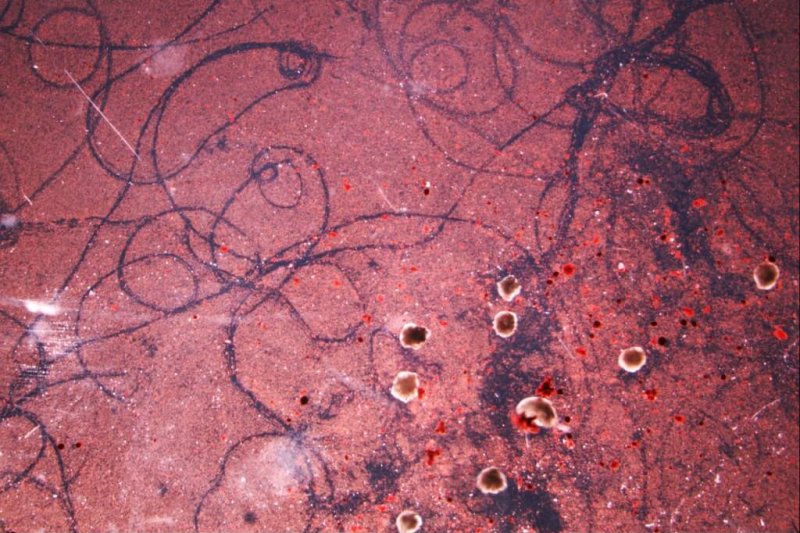Measuring less than a millimeter wide, these micro-machines are programmable lifeforms that researchers from the University of Vermont and Tufts University believe could one day help clean microplastics from our oceans or even repair organs inside our bodies.
But what exactly is a “living” robot?! And should we expect to see them whizzing through our bloodstreams any time soon?
By pairing stem cells harvested from the embryos of the African Clawed frog with a sophisticated computer algorithm, researchers generated a blueprint design that allowed the team to build the brand new form of life known as xenobots.
If scaled up, xenobots could be used for regenerative medicine like repairing organs or growing body parts for transplant from the ground up. They could be created using a patient’s own cells, then inserted into their bloodstream and programmed to clear the plaque from clogged arteries or to detect cancer.
And the xenobot’s applications aren’t just limited to the medical field. The team also envisions assigning individual tasks to a swarm of xenobots so they can collect microplastics from the ocean or search for and collect radioactive contaminants.
But what are the ethical implications of creating a totally new form of life?































